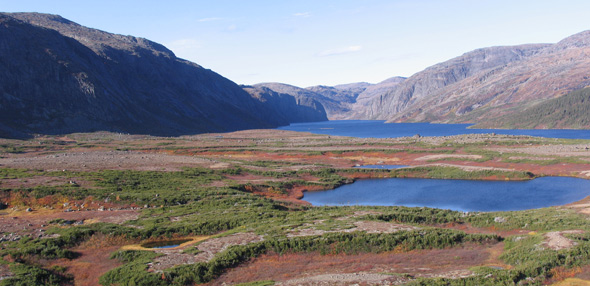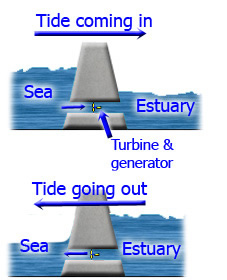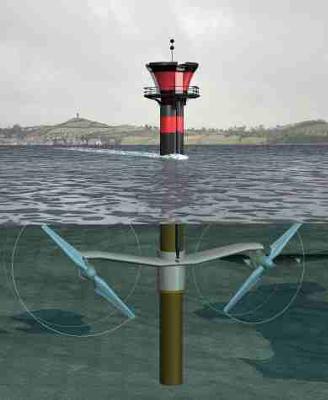To bring up a well known local example, the green
crab (Figure 1), it is clear that these small invertebrates cause much damage
to new areas. Originating from Europe they have reached the up to North Harbour
and Placentia Bay. There have been reports of hundreds of unusual crabs to
federal fisheries officials. They have already altered coastal environments
around the Maritimes, British Columbia and the east coast of the United States.
At the beginning of the discovery of the green crabs existence in Newfoundland
the results have been troubling due to the natural aggression of green crabs and they are displacing the
native red rock crab by out competing it and eating just about everything else
along the ocean bottom. Many departments are working to understand the damage
that is being done and what can be done about it, theses departments vary from
the scientists from the federal Department of Fisheries and Oceans, Memorial
University and the Newfoundland and Labrador Department of Fisheries (Kern,
2002). And it has been discovered that the most likely scenario of
anthropogenic transportation of these crabs is by the larvae getting into
ballast tanks of ships which then get transported to various bays.
Figure 1: Green
crabs located in NL. Photo from DFO Canada
This species also is on the top 100 list of invasive
species based off of Australia’s experiences with the green crab which over
took many native crabs and introduced new parasites to the area From research
done in California, these crabs have been found to reduce competing predatory
and fish-farm populations. They discovered the crab thrives in a wide range of
coastal environments and can endure high and low water temperatures, and
salinity-levels that would feed on many local organisms. And it has also been
found that in areas where human activity has reduced seawater salinity, such as
estuaries and port-lands, the green crab easily out-competes other seafloor
predators (Homes, 2001).
This is not just a Newfoundland problem it has also
been problems on all coasts of this nation
In Prince Edward Island, the eel fisheries have
collapse due to the over grazing by green crabs and green crabs swamping the
eel pots and therefore not ever letting fishermen catch eels.
The management thus far focuses mainly on preventing
primary pathways such as new introductions, and also block secondary pathways
such as anthropogenic reason. Educational effects are also a major concern and management
tool in preventing further introductions. As for controlling the population
currently is through eradication and mitigation techniques until further plans
of control are evaluated (Kern, 2002).
Well we have discussed
many different case studies of invasive marine species both here in
Newfoundland and in the wider world. And let’s face the facts, Newfoundland
does seem to be lagging behind some of the other regions’ efforts, but
generally there is nowhere near as much effort as is needed to start making
progress on this issue. We do have organizations and government departments
that are working on management plans and implementation but it’s not enough. We
don’t even know enough about these invasive species to properly handle many of
these problems; more funding is needed to study them and learn how best to deal
with them. But by far the largest problem is keeping the public educated. Most
residents of the province don’t even consider the fact that marine invasive
species could be a problem. A simple but major way to reduce introduction and
spread of new invasive species is to regularly check and clean the bottom of
boats, but many people don’t bother because they simply don’t understand the
consequences of these various exotic species. If we could help them understand
and gain their support, it could go a long ways in helping with aliens such as
this green crab.
Just
so we don’t leave on a bad note... We encourage you to spread the word of this
growing project and maybe even see if you can help with any initiatives to
mitigate some of these problems. There’s a lot of work, but if everyone pitches
in we are much more likely to start making some progress J
Further Readings:
Homes, D. (2001) The Green Crab Invasion: A Global
Perspective, with Lessons from Washing State. National Association of
Environmental Professionals Retrieved from: http://academic.evergreen.edu/h/holmesd/
Kern, F. 2002. Management Plan for the European
Green Crab. Green Crab Control Committee. Retrieved from: http://www.anstaskforce.gov/GreenCrabManagementPlan.pdf
DFO,
Canada. 2010. Aquatic Invasive Species: European Green Crab In Newfoundland
Waters. 978-1100-14903-. Retrieved from: www.dfo-mpo.gc.ca/science/Publications/article/2008/10-06-2008-eng.htm











